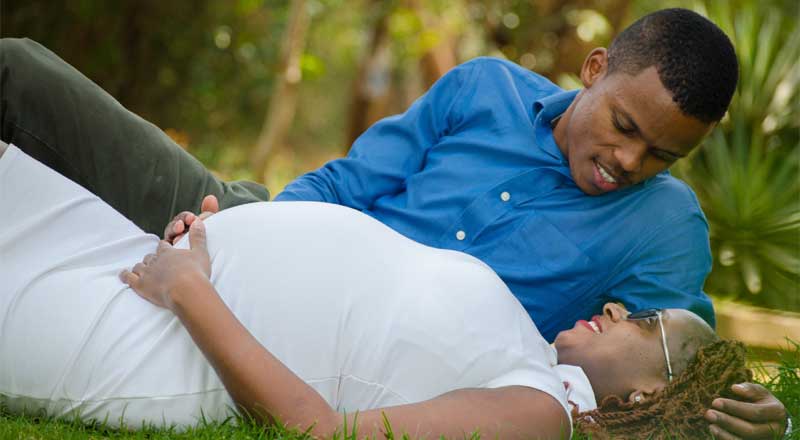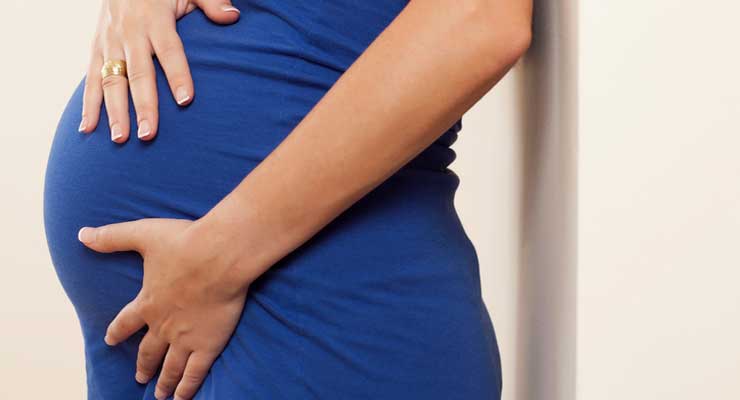While it is relatively rare for pregnant women to contract a case of the shingles, expectant moms who do get the shingles or the related infection chicken pox risk giving birth to a child with congenital defects, according to the National Institute of Neurological Disorders and Stroke. The risks to an unborn child is usually the greatest during the first 30 weeks of pregnancy. Women with HIV or other autoimmune disorders are more susceptible to contracting shingles. Also, children born to moms who suffered from shingles while pregnant are much more likely to have chicken pox early in life.
Initial Symptoms
If you have the shingles, which is officially called varicella-zoster virus or VZV, you will first notice itching on one side of the body, according to the National Institute of Neurological Disorders and Stroke. This is virtually the same as chicken pox; the difference between chicken pox and shingles is that shingles occurs later in an adult’s life years after she initially had the chickenpox. For unknown reasons, the VZV stays dormant in the bodies of those who had chicken pox as children. Some adults, especially those more susceptible to infection, develop the shingles while others who had chicken pox as children do not ever suffer from shingles. The good news for younger expectant moms is that most adults who get shingles develop it after the age of 40.
Additional Symptoms
About a few days to one week after you notice the initial itching, you might also sense a burning pain in the affected parts of the body, notes the National Institute of Neurological Disorders and Stroke. Keep in mind that while a vaccine against shingles is available, you can’t get it before the age of 60. By then, the childbearing years are over so the risks to an unborn child no longer exist.
Blistering
Potentially painful blistering occurs during the latter stages of shingles infection, according to MedlinePlus and the National Institute of Neurological Disorders and Stroke. The fluid-filled blisters appear on one side of the body, usually the face or the area around the waistline. However, these types of lesions can appear on any body part. Those who have suffered from such blisters have rated the pain as intense in some cases; other patients have reported only mild pain. The good news is that most people with shingles, including pregnant women who were healthy before the outbreak, get well within a few weeks and don’t suffer from any scarring as a result of this illness.
Photo Credit
- red cherry tomatoes and red pills image by Jane Doe from Fotolia.com





